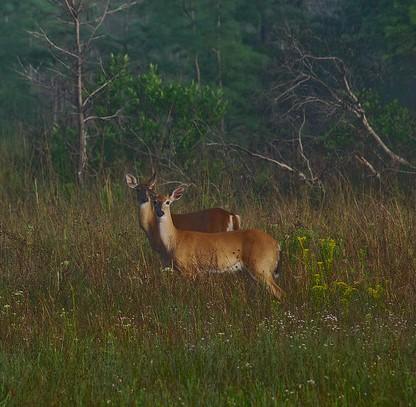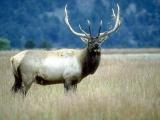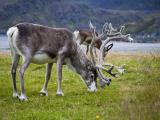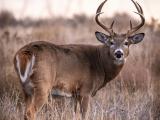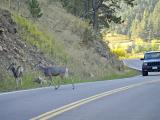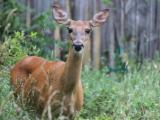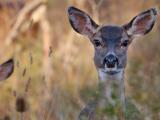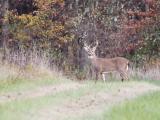Minnesota's Department of Natural Resources (DNR) recently updated its chronic wasting disease (CWD) regulations, adding steps designed to keep wild deer herds healthy that will be noticed this year by more hunters.
The state has had a CWD management plan in place since 2011, and experts in the DNR's wildlife health program updated it in 2018 to reflect the most recent scientific literature, CWD plans from other states and Canadian provinces, and input from a range of CWD experts.
Barbara Keller, PhD, the DNR's big game leader, said the new management plan sets the stage for how the state responds to new CWD developments and streamlines the regulation update process. Putting together a management plan was a lengthy process that incorporated a lot of public input, as well as the best available science, she said.
Lou Cornicelli, PhD, the DNR's wildlife research manager, said in a statement that many Minnesotans, not just hunters, share the desire for a healthy deer population. "The management actions we’ve built into this fall’s deer hunting regulations are critical for protecting deer now and preserving this resource for future generations," he added.
Management zone expansion leads to regulation changes
According to the DNR, surveillance in 2018 found more detections and spread to new areas outside of one of the southeastern Minnesota management zones, including CWD-positive deer in the state's Houston and Winona counties. Based on the developments, the state has expanded the management zone and renamed the permit area in that part of the state as the "600 series" to better highlight CWD management in the area.
Animal health officials have established a new control zone in southeast Minnesota that borders its CWD management zone, which includes three permit areas.
The state also has a CWD management zone in north central Minnesota near where CWD was detected at a Crow Wing County deer farm. In May, the Minnesota Board of Animal Health (MBAH) said testing in the wake of depopulation at the property found 7 CWD positives among 102 deer.
A three-pronged update
As one of the updates, the DNR expanded hunting opportunities and bag limits in area where CWD has been detected in wild deer. Expanded bag limits are designed to harvest more deer, reducing densities and the possibility of disease spread.
Keller said the new rules also expand where the regulations apply. For example, last year the rules applied to a small part of southeastern Minnesota, but with an additional CWD-positive case found northeast of there, the rules now apply to a wider deer permit area.
She said the new bag limits allow one deer per license, and hunters can take a deer for each of the seasons that they have a license for to include archery, firearms, and muzzloader seasons. The bag limits apply to both anterless deer and antlered bucks.
The second step extends a deer feeding and attractant ban to 18 counties in southeastern and north central Minnesota and keeps the feeding ban in place on six of the state's central counties. The DNR said the goal of the feeding bans are to reduce deer-to-deer contact and reduce the risk of food contamination by deer that are infected with CWD.
As a third element, the DNR has limited the movement of deer carcasses near locations where hunters have harvested CWD-positive deer. It notes that the movement of CWD-infected animals—both alive and dead—is one way the disease expands to new areas. The rules apply to CWD management areas.
The carcass movement restrictions mean whole carcasses can't leave CWD zones until negative tests are confirmed. However, hunters can move quarters and other portions of the deer out of the area after removing high-risk tissue, including the head and spinal column. Keller said the DNR will place dumpsters throughout the areas to collect the high-risk parts, and some areas will have quartering stations where hunters can access equipment for removing and disposing of high-risk materials.
Regulations will apply to more hunters
The main change for the upcoming deer hunting season is that many more hunters will be affected by sampling requirements and carcass movement restrictions, Keller said.
She urges hunters to make plans regarding testing and moving carcasses before they go out hunting.
See also:
Aug 27 Minnesota DNR press release
May 8 MBAH press release
